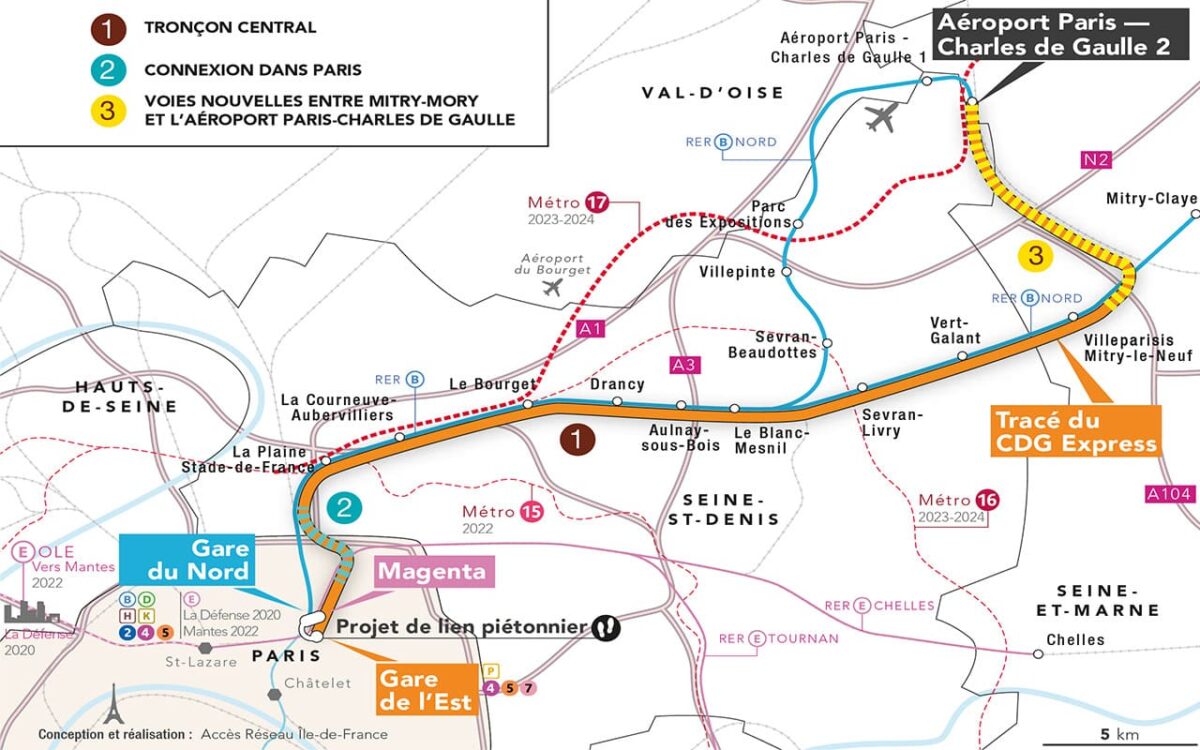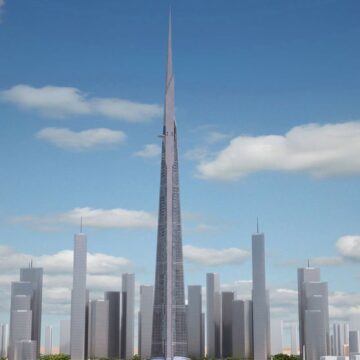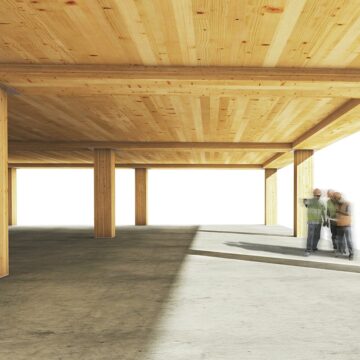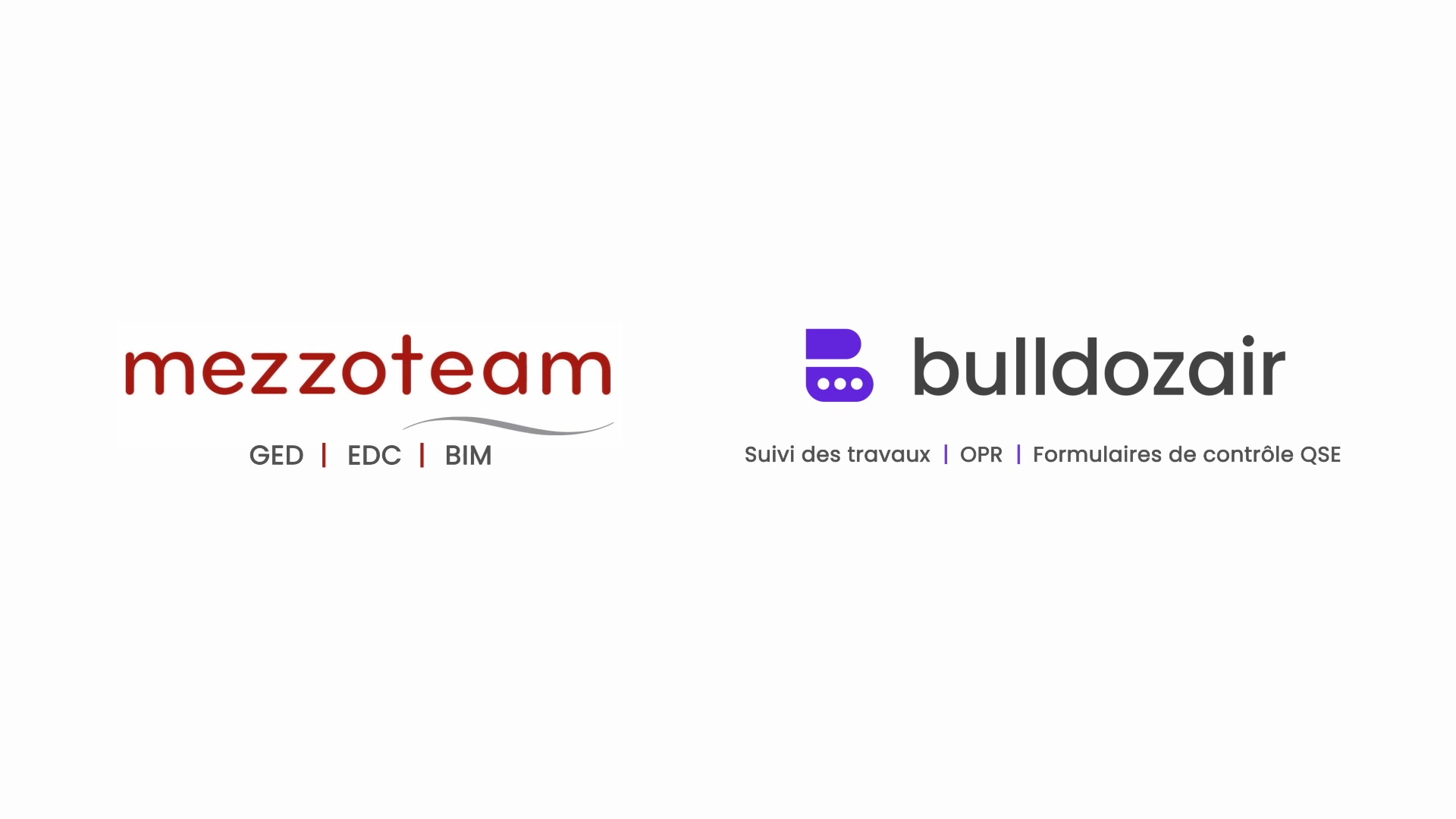The Charles de Gaulle Airport is the largest and busiest airport in France, handling over 65 million passengers and 470 thousand aircraft movements in 2016. It is the 2nd busiest airport in Europe, only second to the Heathrow Airport in London. Nonetheless, these are not astonishing numbers as Paris is one of the most attractive touristic destinations in the world.
This is extremely beneficial for the country as it creates an important influx of capital in its economy. Moreover, this situation directly affects locals as over 18% of Parisian workers are employed in a sector related to tourism. This is why, it is essential for the French government to focus on creating a welcoming and comfortable environment for its visitors and one key driver for the development of the CDG Express, a fast connection between the Charles de Gaulle Airport and the center of Paris.
The CDG airport is located in the northeast area of the Île-de-France region, outside of Paris. This means visitors are constantly traveling between the airport and the city, greatly increasing traffic levels. As of today, it is possible to travel from the airport to the city using the RER, a railway connection between Paris and its suburbs, however the trains in this network are not only saturated, with over 870 000 passengers in busy days, but the wagons are not fully equipped to handle high numbers of passengers carrying luggage, which not only creates problems for visitors but also represents a nuisance for local commuters. Other ways to travel between these locations also include cars, taxis or buses, however, these methods are not only polluting but also unpredictable as high traffic levels make traveling time fluctuate between 30 minutes up to 2 hours.
To improve this situation, the French government, alongside the ADP Group, the entity responsible for the CDG airport, and the SNCF, French railway company, have teamed up and decided to solve all these issues by offering its residents and visitors a new innovative and rapid way to access the airport, the CDG Express. Both the ADP Group and the SNCF are interested in improving the experiences of its users nonetheless, they also aim to improve internal processes in order to lessen the workload on its employees and improve their productivity levels. For this, they have decided to use BulldozAIR‘s project management solution in order to allow their workers follow the developments of their sites remotely and with ease.
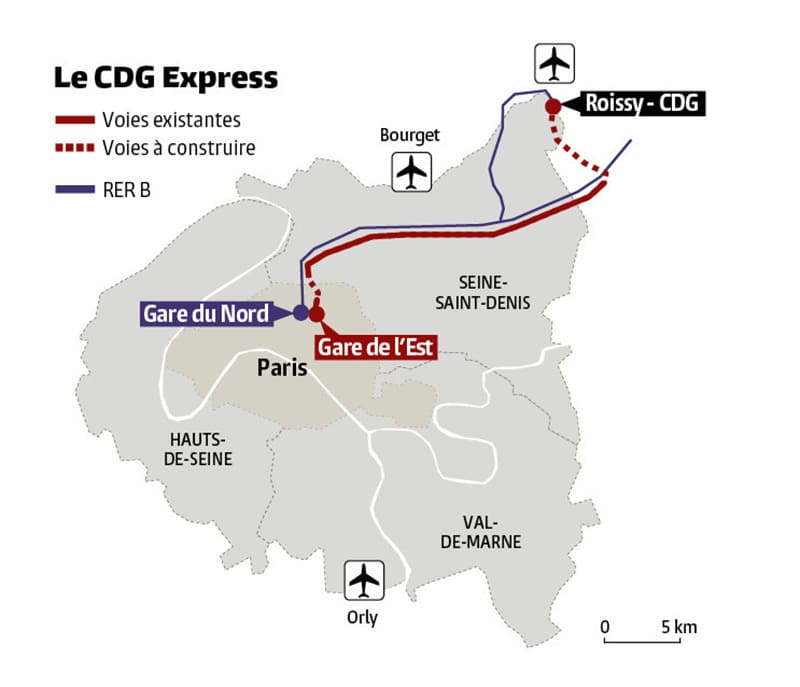
The project hopes to build a fast and comfortable railway connection capable of traveling from the airport to the city in only 20 minutes in order to improve travelers’ experience in the city. To achieve this, the network will utilize rapid trains capable of reaching speeds up 140 km/h and able of carrying around 500 passengers with luggage. Additionally, the trains are expected to work every single day of the week, starting from 5 a.m. up to midnight, and with waiting intervals of only 15 minutes.
This project will implement a direct train connection between these two locations with the aims of improving the economic presence of the Île-de-France region and its accessibility. This new railway connection hopes to improve travelers’ experiences thus, potentially increasing the number of visitors in the future.
The project is expected to be finished by the end of 2023 however, the construction is expected to start on 2018. With 6 years of construction, it is expected to have a cost of nearly 1.7 billion euros. Nonetheless, it is also expected to bring better economic results for the whole region. Moreover, this project will not only improve the Charles de Gaulle Airport and improve the image of the city and France as it is its main entrance but it will also help the government’s objectives of reducing the percentage of cars from 56% today to 40% in 2025. The French government has been focusing its attention on improving the country’s sustainability with several initiatives promoting clean energy. The CDG Express supports this direction as it expected to reduce the need for buses and cars between these locations, therefore, promoting clean energy transportation methods.
The project is still in the future but its results are already highly anticipated. The project could potentially improve local commuters’ experience as it aims to alleviate traffic in the RER and establish the Charles de Gaulle Airport as one of the best airports in the world. Time will tell the project’s success but we can remain hopeful as it has great potential.


